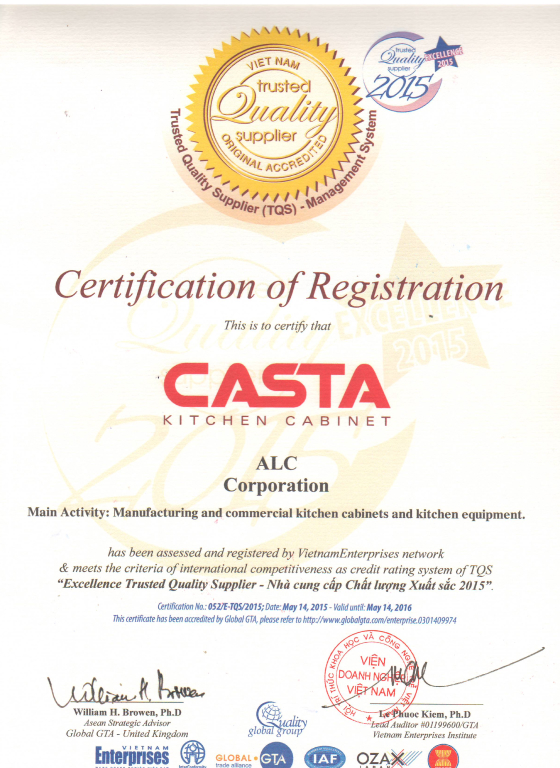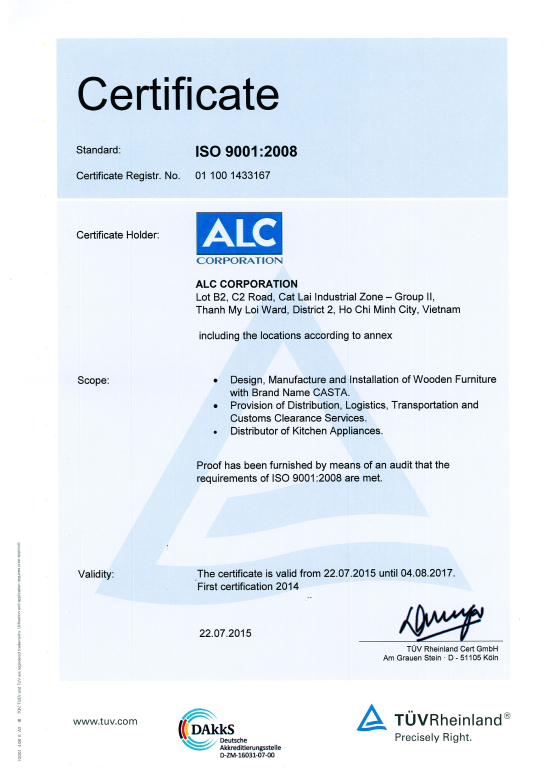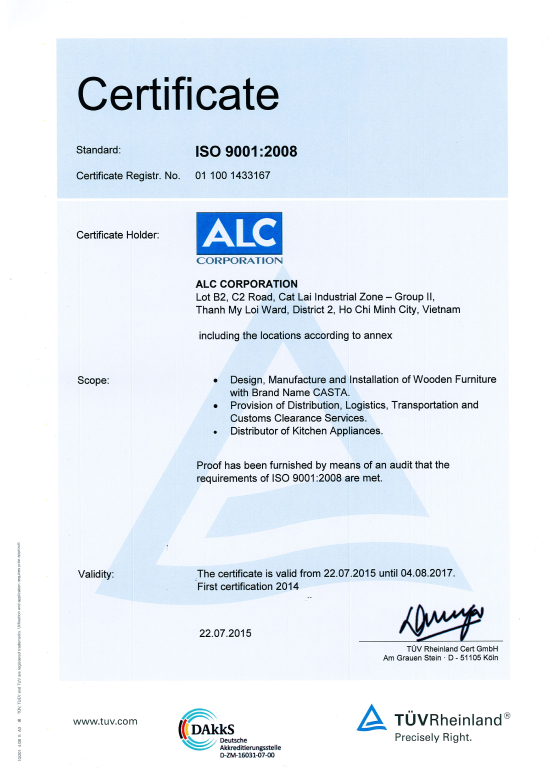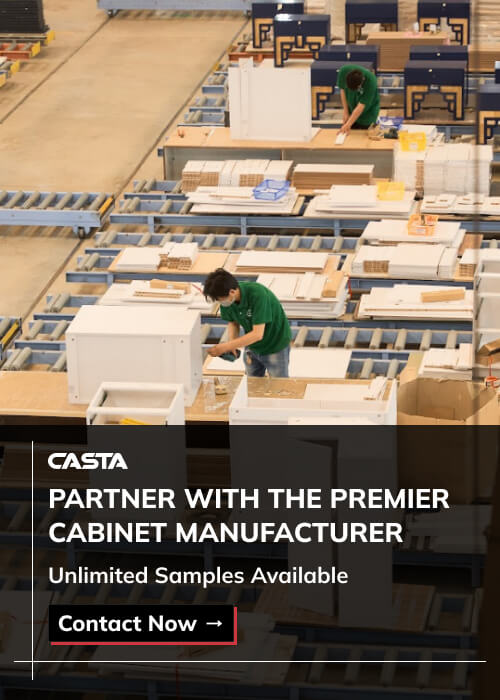A smooth and fitted look distinguishes inset cabinets from other cabinet styles, demonstrating expertise and refinement in cabinetry design. Inset cabinets are precision-made to fit flush with the cabinet frame, unlike overlay cabinets. Clean, unbroken lines convey sophistication.
In a world where aesthetics and fine craftsmanship are becoming increasingly essential in interior design, inset cabinets are the gold standard for high-end cabinetry. Inset cabinets are being used more by North American contractors, cabinet brands, and furniture businesses to construct luxury kitchens and bathrooms. Contractors who want to provide high-quality services must understand inset cabinets and how they differ from other cabinets.
This article covers everything from inset kitchen cabinet characteristics to cost, doors, hinges, and how they compare to other cabinetry options.
Contractors and cabinet brands will understand inset cabinets and why they are preferred for high-quality projects by the end of this blog.
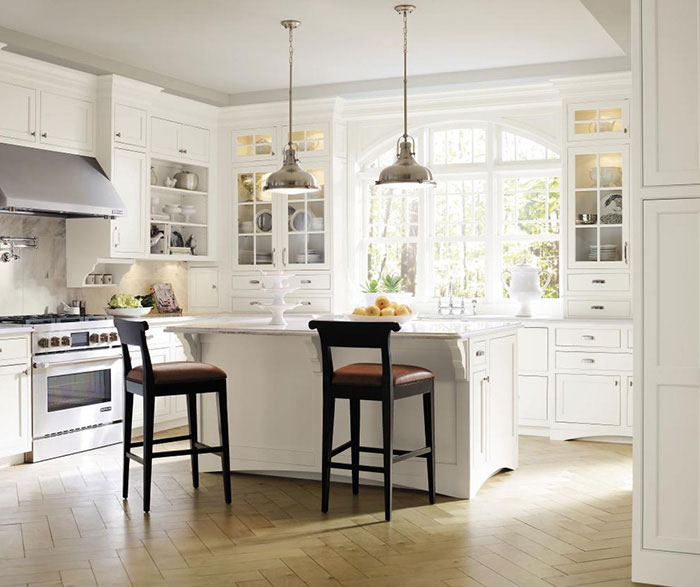
Table of Contents
1. What Are Inset Cabinets?
An inset kitchen cabinet is designed with doors and drawers that sit flush inside the cabinet frame, creating a sleek, streamlined look. The craftsmanship required to produce inset cabinets is significantly higher than that of other cabinetry styles because every door and drawer must fit perfectly within the frame to ensure proper functionality and a seamless appearance.
- Precision Craftsmanship: The level of precision required for inset kitchen cabinets is high. Each door and drawer must be carefully measured and installed to ensure a flush fit, which is why inset cabinets are often considered the pinnacle of craftsmanship in the cabinet-making industry. This precision adds about 15-20% more complexity to the manufacturing process compared to overlay cabinets.
- Aesthetic Appeal: One of the defining characteristics of inset kitchen cabinets is their timeless appeal. The clean lines and smooth surface create a sophisticated and custom-built look that fits both traditional and modern kitchen designs. The ability to offer such a tailored look is one reason why contractors and brands often recommend inset cabinets for high-end projects.
- Space Utilization: Inset cabinets also offer better space utilization. Because the doors and drawers sit flush within the frame, they create a more seamless storage solution that feels less obtrusive. However, it’s worth noting that inset kitchen cabinets can reduce the overall storage space by a small margin compared to overlay cabinets, but this is often outweighed by their superior aesthetic.
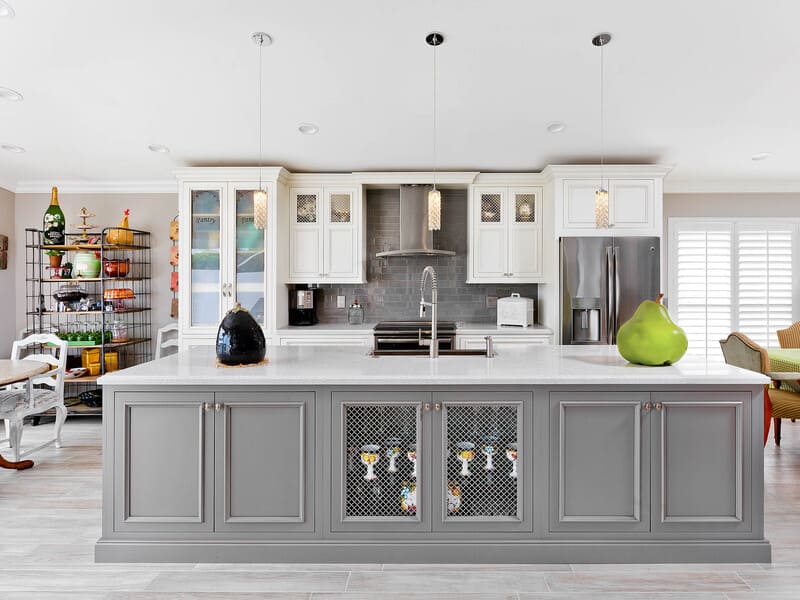
2. Pros and Cons of Inset Cabinets
Inset cabinets are an investment in both quality and style, but with that investment comes a higher cost. Contractors and clients often ask, "Are inset cabinets more expensive?" The answer is typically yes, but there are good reasons why.
2.1 Pros of Inset Cabinets
- Superior Aesthetics: The flush fit of inset kitchen cabinets gives them a sleek, custom look that other types of cabinets can’t match. This design is highly sought after in high-end kitchen and bathroom projects.
- High-Quality Craftsmanship: Inset cabinets are typically made with high-end materials and require meticulous craftsmanship, making them more durable and long-lasting.
- Durability: Because of their precise construction, inset kitchen cabinets tend to be sturdier and more resistant to warping or damage over time. They’re built to last, with many inset cabinets offering a lifespan of up to 30 years or more with proper maintenance.
- Increased Property Value: Homes with high-quality inset cabinets often have higher resale values. According to real estate studies, kitchens with custom or inset cabinetry can increase the overall home value by 10-15%.
2.2 Cons of Inset Cabinets
- Higher Costs: Inset cabinets are generally 10-30% more expensive than overlay or frameless cabinets due to the precision involved in their design and installation. The craftsmanship required adds labor costs, and the higher-quality materials used also contribute to the price.
- Potential for Expansion Issues: In areas with high humidity, wood can expand, potentially causing doors to become misaligned. While this can be minimized with proper materials and craftsmanship, it is a consideration that contractors must be aware of when installing inset cabinets in humid climates.
- Storage Space: Although the difference is slight, inset cabinets offer slightly less storage space compared to overlay or frameless designs because the doors are set within the frame, reducing internal volume. However, this trade-off is often deemed acceptable by clients who prioritize aesthetics.
3. Types of Inset Cabinet Doors and Hinges
One of the main features that set inset kitchen cabinets apart is the type of doors and hinges used. Contractors and brands need to consider both the aesthetic and functional aspects of these components when recommending inset cabinets to clients.
3.1 Types of Inset Cabinet Doors
- Beaded Inset Doors: Beaded inset doors feature a bead or groove around the edge of the door frame, adding an extra layer of decorative detail. This style is often chosen for more traditional or classic kitchen designs.
- Non-Beaded Inset Doors: Non-beaded inset doors offer a clean and minimalist look, making them a popular choice for modern kitchens. This simpler design allows the flush fit of the inset door to be the main design feature.
3.2 Types of Inset Cabinet Hinges
- Concealed Hinges: These hinges are hidden from view when the door is closed, giving the cabinet a clean, modern appearance. Concealed hinges are often favored in contemporary designs where simplicity and minimalism are prioritized.
- Exposed Hinges: In contrast, exposed hinges are visible and can add a decorative element to the cabinet. This hinge style is often used in more traditional or vintage-inspired designs. Exposed hinges come in a variety of finishes, allowing contractors and brands to match them to the overall hardware and design of the kitchen.
3.3 Comparison Table: Inset Cabinet Doors and Hinges
| Feature | Beaded Inset Doors | Non-Beaded Inset Doors | Concealed Hinges | Exposed Hinges |
| Style | Traditional, decorative | Modern, minimalist | Sleek, hidden | Visible, adds decorative element |
| Installation Complexity | Moderate | Easier | More complex due to precision | Easier to install |
| Cost | Higher due to added detailing | Lower due to simplicity | Slightly higher due to precision | More cost-effective |
4. Comparison: Inset Cabinets vs. Other Cabinet Types
It’s important to compare inset kitchen cabinets to other popular cabinet styles to understand their unique benefits and trade-offs. This comparison can help contractors and cabinet brands make informed decisions when recommending cabinetry solutions to their clients.
4.1 Inset Cabinets vs. Overlay Cabinets
- Installation: Inset cabinets require more precision during installation because the doors must fit perfectly within the frame. In contrast, overlay cabinets are easier to install, as the doors sit on top of the frame, making alignment less critical.
- Cost: Overlay cabinets are typically less expensive because they require less precision and labor to manufacture. However, the clean lines and craftsmanship of inset kitchen cabinets are often worth the extra cost for clients who prioritize aesthetics.
- Aesthetic: Inset kitchen cabinets offer a more refined and traditional look, while overlay cabinets can have a more modern or casual appearance, depending on the design.
4.2 Inset Cabinets vs. Frameless Cabinets
- Interior Space: Frameless cabinets offer slightly more interior storage space because they don’t have a frame inside the cabinet box. This makes them a popular choice for clients who prioritize maximum storage.
- Appearance: While inset kitchen cabinets offer a traditional, high-end look, frameless cabinets are more modern, with clean lines and a minimalist aesthetic.
- Customization: Inset cabinets typically offer more options for customization, especially in terms of door styles and hardware, allowing for greater design flexibility.
Learn more: Frameless Cabinet Manufacturers
4.3 Comparison Table: Inset Cabinets vs. Other Cabinet Types
| Feature | Inset Cabinets | Overlay Cabinets | Frameless Cabinets |
| Installation | Requires precision craftsmanship | Easier to install | Easiest to install |
| Cost | More expensive due to precision | Less expensive | Mid-range |
| Aesthetic | Traditional, seamless look | Contemporary, visible edges | Modern, sleek design |
| Interior Space | Slightly less storage space | More interior space | Most interior space available |
5. Why Choose Inset Cabinets: Performance and Durability
Inset cabinets are known for their long-lasting durability, particularly in high-traffic environments like kitchens and bathrooms. The craftsmanship involved in creating these cabinets ensures that they are built to last, providing excellent performance over the years.
- Sturdy Construction: The precise fit of inset kitchen cabinets reduces the likelihood of warping or misalignment over time. Because the doors and drawers are flush with the frame, they are more resistant to wear and tear compared to overlay cabinets, where the doors may be more exposed to damage.
- Long Lifespan: With proper care and maintenance, inset cabinets can last for 20-30 years, making them a wise investment for both residential and commercial spaces.
- Minimal Gaps: The tight fit of inset cabinets means there are fewer gaps where dust, dirt, and moisture can accumulate. This not only makes the cabinets easier to clean but also prevents long-term damage.
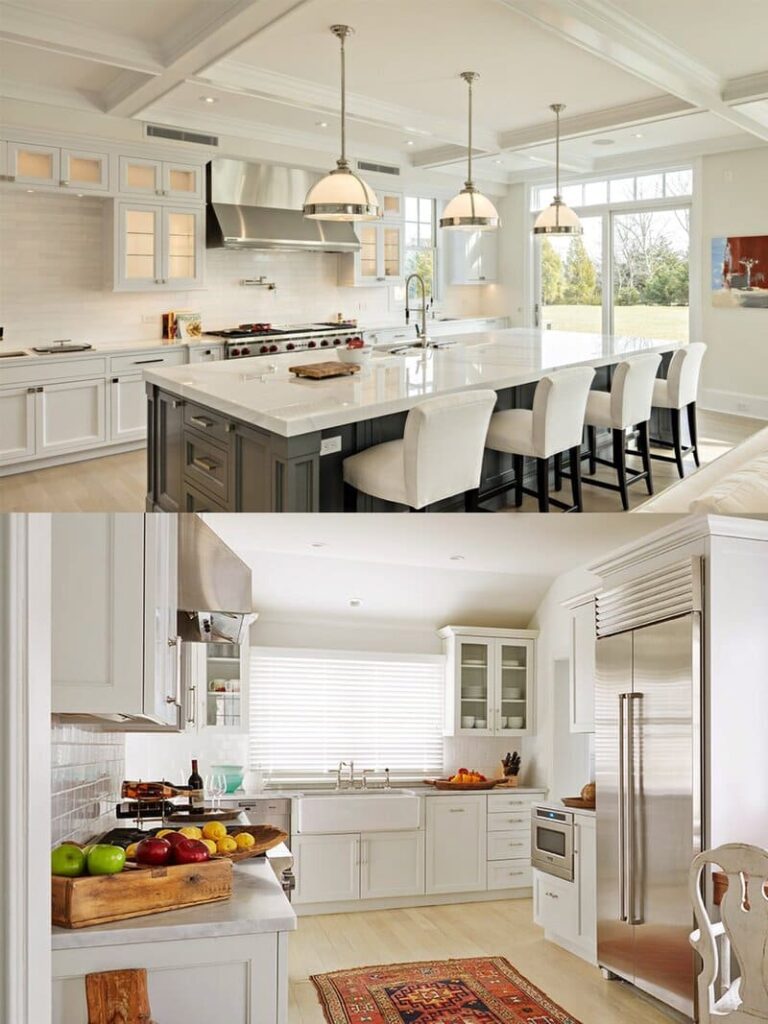
6. Customization and Design Flexibility with Inset kitchen Cabinets
One of the biggest advantages of inset kitchen cabinets is the customization and design flexibility they offer. Contractors and cabinet brands can work with their clients to create bespoke cabinetry solutions that fit the unique needs and design preferences of each project.
- Custom Finishes: Inset cabinets can be customized with a wide range of finishes, from natural wood to painted surfaces. This allows the cabinetry to be tailored to any interior design style, whether traditional, modern, or transitional.
- Unique Hardware: Another aspect of customization is the ability to choose specific hardware for the cabinets, such as custom handles, pulls, and hinges. The hardware can be selected to complement the overall design, further personalizing the cabinetry.
- Tailored Dimensions: Inset kitchen cabinets can also be customized in terms of size and dimensions to fit specific spaces, ensuring that every inch of the kitchen or bathroom is utilized effectively.
Learn more: Buy Kitchen Cabinets Direct From Manufacturer
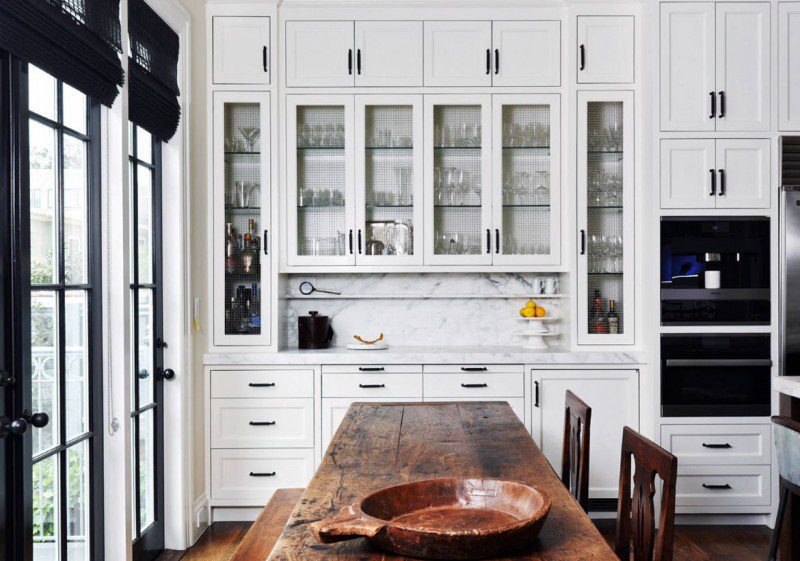
7. Casta Cabinetry: High-Quality Inset Cabinets Tailored to Your Needs
At Casta Cabinetry, we specialize in creating high-quality inset kitchen cabinets that are tailored to the unique needs of each client. With state-of-the-art European machinery and a team of skilled craftsmen, we deliver inset cabinets that offer both functionality and aesthetic appeal.
- Health Certifications: All of our materials are CARB and FSC certified, ensuring that our cabinets meet the highest standards for environmental safety and indoor air quality.
Learn more: Casta’s ISO-Qualified Cabinet Certification

- Precision Craftsmanship: Using the latest technology, we ensure that every cabinet is crafted with precision, offering a seamless fit and flawless finish.
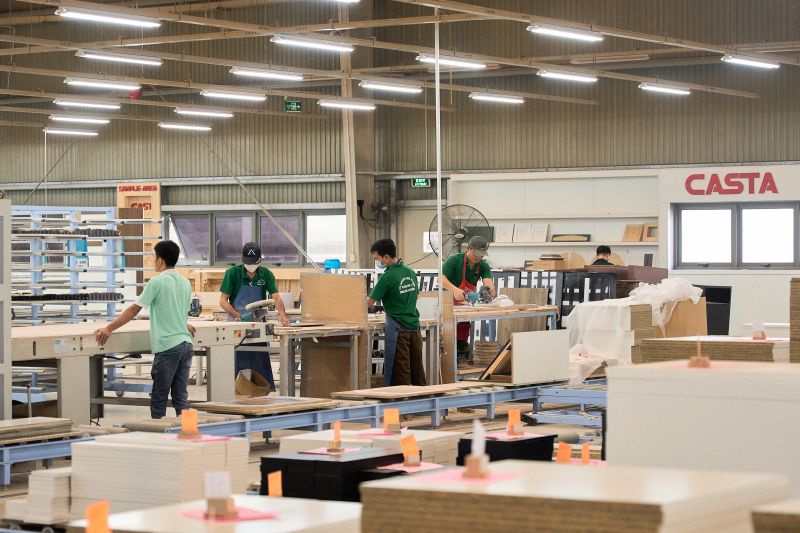
- Comprehensive Support: We provide full support from design to delivery, ensuring that every project is completed to the highest standard.
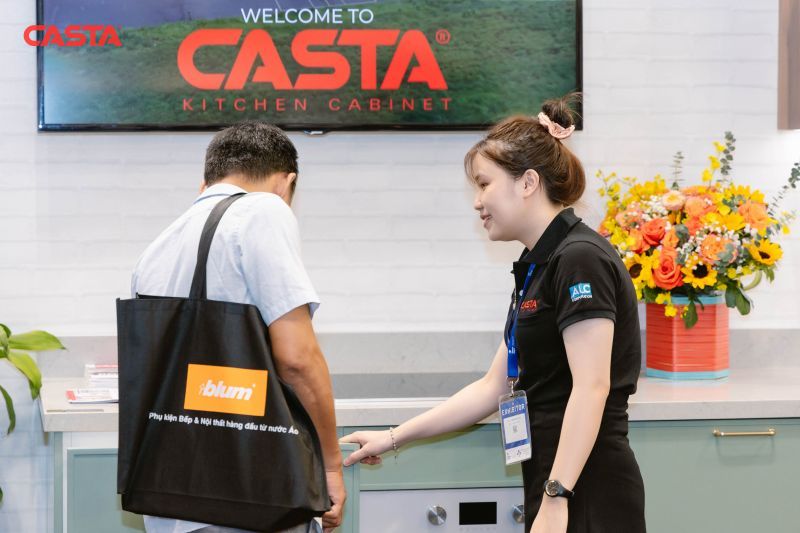
8. Industry Trends: The Growing Demand for Inset Cabinets in North America
The demand for inset cabinets is on the rise in North America, particularly in luxury homes and commercial spaces. More homeowners and contractors are looking for cabinetry solutions that offer a balance of traditional design and modern craftsmanship.
- Growing Popularity: According to recent market trends, the demand for inset kitchen cabinets has grown by 15-20% in the past decade, especially in high-end kitchen renovations.
- Sustainability: The growing focus on sustainability has also contributed to the popularity of inset cabinets, as they are often made with eco-friendly materials and built to last, reducing the need for frequent replacements.
Learn more: High end Kitchen Cabinet Manufacturers
9. FAQ
What is the cost difference between inset and overlay cabinets?
How long do inset cabinets last?
What is an inset kitchen cabinet?
Are inset cabinets more expensive?
In conclusion, inset cabinets offer a unique combination of style, durability, and craftsmanship that makes them a valuable investment for both residential and commercial projects. While they may be more expensive than other cabinetry options, their timeless design and long-lasting performance make them well worth the cost.
For contractors and cabinet brands looking to offer premium solutions to their clients, inset kitchen cabinets are a top choice. At Casta Cabinetry, we pride ourselves on delivering high-quality, custom inset cabinets that meet the unique needs of each project.
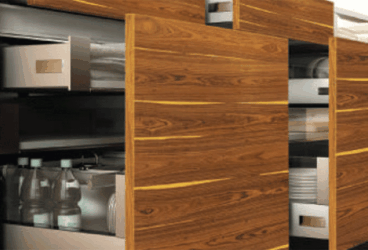
MDF vs Plywood for Kitchen Cabinets – Which is Better?...
MDF vs Plywood for kitchen cabinets is one of the most important decisions contractors and furniture brands must make wh...
11/14/2025 | David Nguyen
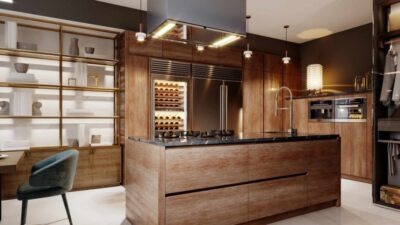
Plywood Kitchen Cabinets: Pros and Cons Explained for Contra...
Plywood kitchen cabinets are now one of the most preferred options in modern kitchen manufacturing, combining durability...
11/12/2025 | David Nguyen
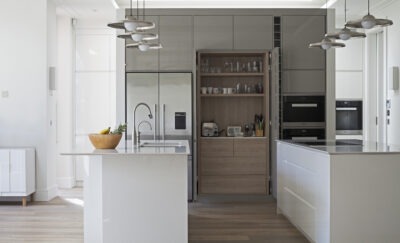
Best Italian Kitchen Cabinets: Modern Design, Precision Craf...
Italian kitchen cabinets represent the gold standard in modern kitchen design — celebrated for their craftsmanship, slee...
10/29/2025 | David Nguyen
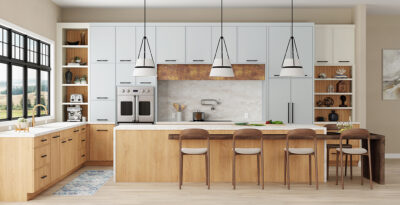
European vs American Kitchen Cabinets: Key Differences &...
European vs American kitchen cabinets is a core decision for anyone specifying cabinetry for modern buildings or homes. ...
10/27/2025 | David Nguyen
Contact us
Casta is always ready to listen and answer all customers' questions
